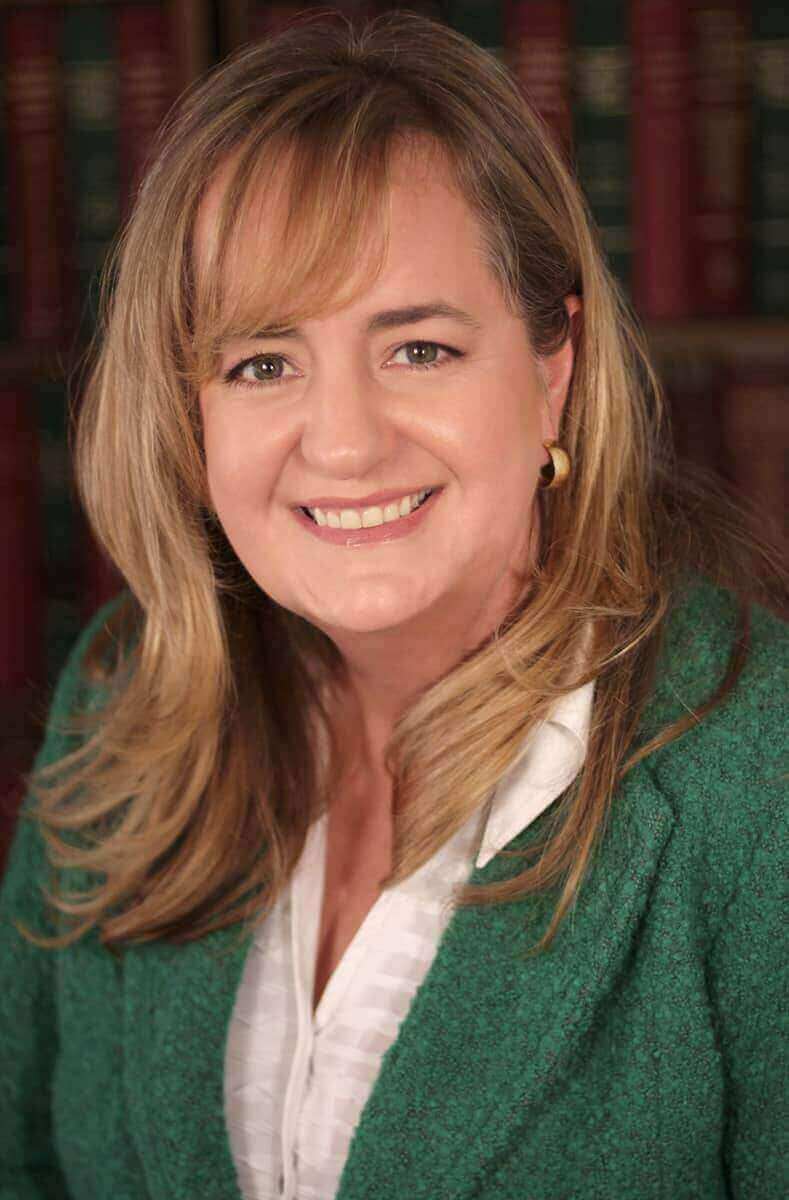In addition to the purchase price of the home, there are other fees associated the home buying process such as escrow fees, appraisal fees, notary fees and more.
Typically, a no-cost loan is used when you’re refinancing, but it can also be used for purchases.
The estimate in the loan application package will show all the fees involved in the loan and then show a credit for the same or greater amount. The credit from the lender is typically to cover escrow, title, notary, recording, etc.
So what do you pay?
On a no-cost loan you keep the same loan balance as you have now, and bring the closing costs that are called “pre-paids” or prorations, that is, prorated interest on the loan(s), property taxes (if currently due or you want impounds), and insurance policy renewal or impounds, to escrow. If you have enough equity you can also finance these.
So, all the 1 time fees get paid by the bank, and you pay what is considered the ongoing “recurring” home ownership charges (interest taxes and insurance).
Because of the transparency in lending laws, your mortgage advisor should list out and show you everything that’s being paid on your behalf on an initial fees worksheet and Good Faith Estimate..
The interest rate is usually higher on this loan. So if you decide you want to lower your monthly payment or want to pay your own costs, then let your mortgage advisor know. That way he or she will make the appropriate adjustments.
Want More Homebuyer FAQ’s? Then visit http://athenapaquette.zendata.me/homebuyer-faqs/


